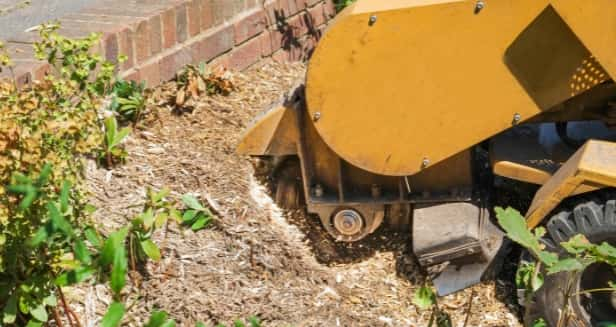Introduction: In the cycle of nature, renewal and growth are essential processes that sustain the vitality of ecosystems and landscapes. Trees, with their resilience and adaptability, can regenerate and thrive when given the right conditions. Tree trimming emerges as a powerful tool for harnessing this innate potential, enabling arborists to shape and stimulate new growth while promoting the health and longevity of trees. In this blog post, we delve into the art of trimming trees to encourage new growth and explore the benefits it brings to both trees and the environment.
Stimulating Dormant Buds:
- Trees possess dormant buds—undeveloped growth points that lie dormant until triggered by environmental cues or pruning stimuli. Strategic tree trimming can awaken these dormant buds by removing competing branches, increasing sunlight exposure, and promoting airflow within the canopy. By selectively pruning to redirect growth energy towards dormant buds, arborists stimulate the development of new shoots, branches, and foliage, revitalising the tree and enhancing its overall appearance.
Shaping and Structuring Growth:
- Proper tree trimming is essential for shaping and structuring the growth of trees, ensuring a balanced and healthy canopy structure. Over time, trees may develop imbalanced growth patterns, with some branches growing excessively while others remain stunted or dormant. Arborists can encourage uniform growth and distribute growth energy evenly throughout the tree through targeted pruning techniques such as crown thinning, crown raising, and selective branch removal. This promotes structural integrity, reduces the risk of limb failure, and enhances the tree’s aesthetic appeal.
Promoting Air Circulation and Sunlight Penetration:
- A dense canopy can limit air circulation and sunlight penetration within the tree, increasing susceptibility to pests, diseases, and fungal infections. By strategically thinning the canopy and removing congested branches, arborists improve air circulation and sunlight penetration, creating a healthier microclimate for the tree. Increased airflow helps reduce moisture buildup and inhibits the growth of pathogens, while enhanced sunlight exposure stimulates photosynthesis and promotes vigorous growth.
Encouraging Fruit and Flower Production:
- For fruit-bearing and flowering trees, proper pruning is essential for maximising fruit and flower production. By selectively trimming branches to promote the development of fruiting spurs and flowering buds, arborists can increase the tree’s yield and enhance the harvest quality. Additionally, removing deadwood and diseased branches helps prevent the spread of pathogens and ensures that the tree’s energy is directed towards producing healthy fruits and flowers.
Sustaining Long-Term Health and Vitality:
- Regular tree trimming is a proactive measure that supports trees’ long-term health and vitality, enabling them to withstand environmental stresses and thrive in their surroundings. By removing dead, diseased, or damaged branches, arborists prevent the spread of decay and minimise the risk of pest infestations. Furthermore, promoting new growth through strategic pruning helps renew the tree’s vigour and resilience, ensuring its continued survival and longevity for years to come.
Conclusion: Tree trimming is not merely a maintenance task but a transformative practice that nurtures renewal and growth within the natural world. By stimulating dormant buds, shaping growth patterns, promoting air circulation and sunlight penetration, encouraging fruit and flower production, and sustaining long-term health and vitality, arborists play a vital role in fostering the growth and resilience of trees. Let us embrace the art of trimming trees to encourage new growth, celebrating the cycle of renewal and the enduring beauty of our living landscapes.
Call us on: 023 8235 3277
Click here to find out more about LM Tree Surgery Southsea
Click here to complete our contact form and see how we can help with your tree’s needs.

